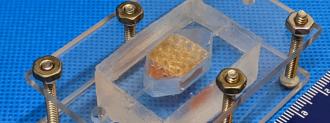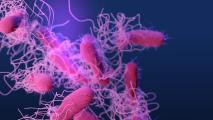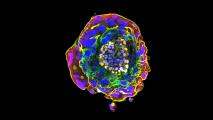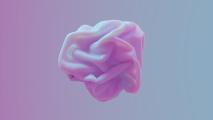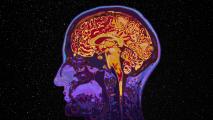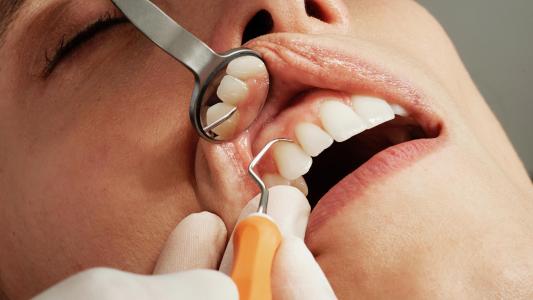By creating functional human liver tissue in a lab, Wake Forest Institute for Regenerative Medicine (WFIRM) scientists have won both first and second place in a NASA challenge designed to accelerate tissue engineering.
The successful liver tissue experiment is a big step toward making lab-grown organs that can be transplanted into human patients.
The challenge (literally): In 2005, NASA launched its Centennial Challenges program, offering researchers big cash prizes in exchange for solutions to some of the space agency’s biggest problems.
The Vascular Tissue Challenge, issued in 2016, offered up to three teams a piece of a $500,000 prize if they could create thick, functioning human organ tissue — complete with blood vessels — and keep it alive for at least 30 days.
Why NASA cares: NASA wants the tissue to serve as organ models for experiments on how astronauts might be affected by the deep space environment, where they’d be exposed to radiation, microgravity, and more.
“Studying these effects will help create ways to mitigate negative effects of space travel on humans during long duration, deep space missions,” it wrote on the challenge website.
The winners: On June 9, NASA announced that two teams of scientists — both from WFIRM — had met the tissue engineering challenge’s requirements.
Team Winston earned itself $300,000 for being the first to cross the finish line, and Team WFIRM took home $100,000 for being the second (two teams from other organizations are still in the running for third place).
“I cannot overstate what an impressive accomplishment this is,” Jim Reuter, NASA associate administrator for space technology, said.
“To see multiple teams succeed in getting a complex, perfused, 3D tissue composed of multiple human cells to survive and be functional after a month is amazing and a promising stepping-stone for future tissue engineering studies.”
How it works: Both teams chose to use 3D bioprinting tech to create centimeter-sized cubes of liver tissue, but they went about the tissue engineering process in unique ways.
Team Winston 3D printed a bioink containing cell types found in human livers into a shape called a gyroid. This design features interconnected channels through which oxygen and nutrients can flow in order to keep the tissue alive.
“This gyroid structure, originally designed by NASA scientist Alan Schoen, is similar to that of the highly vascularized human penile corporal tissue,” researcher Young-Wook Moon said in a press release.
Team WFIRM, meanwhile, 3D printed its own bioink into a shape with channels designed to mimic blood vessels and then lined those channels with actual blood vessel cells.
The next steps: As the first place winner, Team Winston will now have the opportunity to work with the International Space Station to adapt its tissue engineering technique for space, which could lead to an experiment aboard the ISS.
Helping prepare astronauts for future missions is just one application for the lab-grown liver tissue, though — it could help advance medical research for us earthbound humans, too, and maybe even lead to the development of full-sized organs for transplantation.
“It will be exceptional to hear about the first artificial organ transplant one day and think this novel NASA challenge might have played a small role in making it happen,” Reuter said.
We’d love to hear from you! If you have a comment about this article or if you have a tip for a future Freethink story, please email us at tips@freethink.com.
